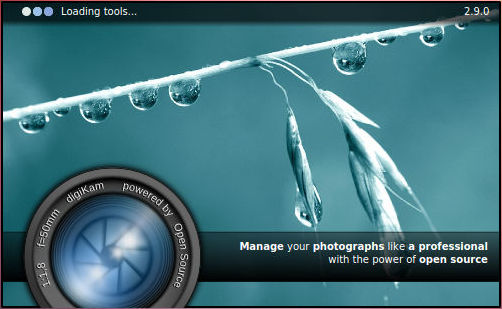Title of my previous post How to install the latest digiKam version on Ubuntu was a little misleading, because the instructions were for digiKam version 2.9 (which was in fact the latest when I started to investigate how to compile it on my Ubuntu) but in the meantime versions 3.0 and soon after 3.1 were officially published by developers. Therefore my post was outdated as soon as it was published. Because of that I promised “I will also try to compile new version and post instructions as soon as possible”. Promise is a promise, so here are instructions how to compile digiKam 3.1 on Ubuntu 12.04.
update: If you want to compile digiKam 3.2 on Ubuntu, I have a new post with instructions here.
update: If you are scanning old dia slides, please check my evaluation of Reflecta DigitDia 5000.
Monday, March 25, 2013
Sunday, March 24, 2013
How to install the latest digiKam version on Ubuntu
In DigiKam installation and configuration
(in 4 parts) I suggested it is better to install VMware Player and virtual UbuntuLinux then to use the native digiKam Windows installation.
The advantage is clear, you get a stable solution, but as usually there is also
a disadvantage, you don’t get the latest version. What you get is the version
that was packaged for your Ubuntu version.
You can get the latest features of the latest version if you download source code and compile it. Theoretically that is not a problem, all instructions are available. But there are many dependencies which must be solved for successful compilation and more often than not something goes wrong and you get a bunch of errors you have no idea what they mean unless you are a Linux guru. But even if you are not a Linux guru you can succeed, read on …
You can get the latest features of the latest version if you download source code and compile it. Theoretically that is not a problem, all instructions are available. But there are many dependencies which must be solved for successful compilation and more often than not something goes wrong and you get a bunch of errors you have no idea what they mean unless you are a Linux guru. But even if you are not a Linux guru you can succeed, read on …
Subscribe to:
Comments (Atom)


